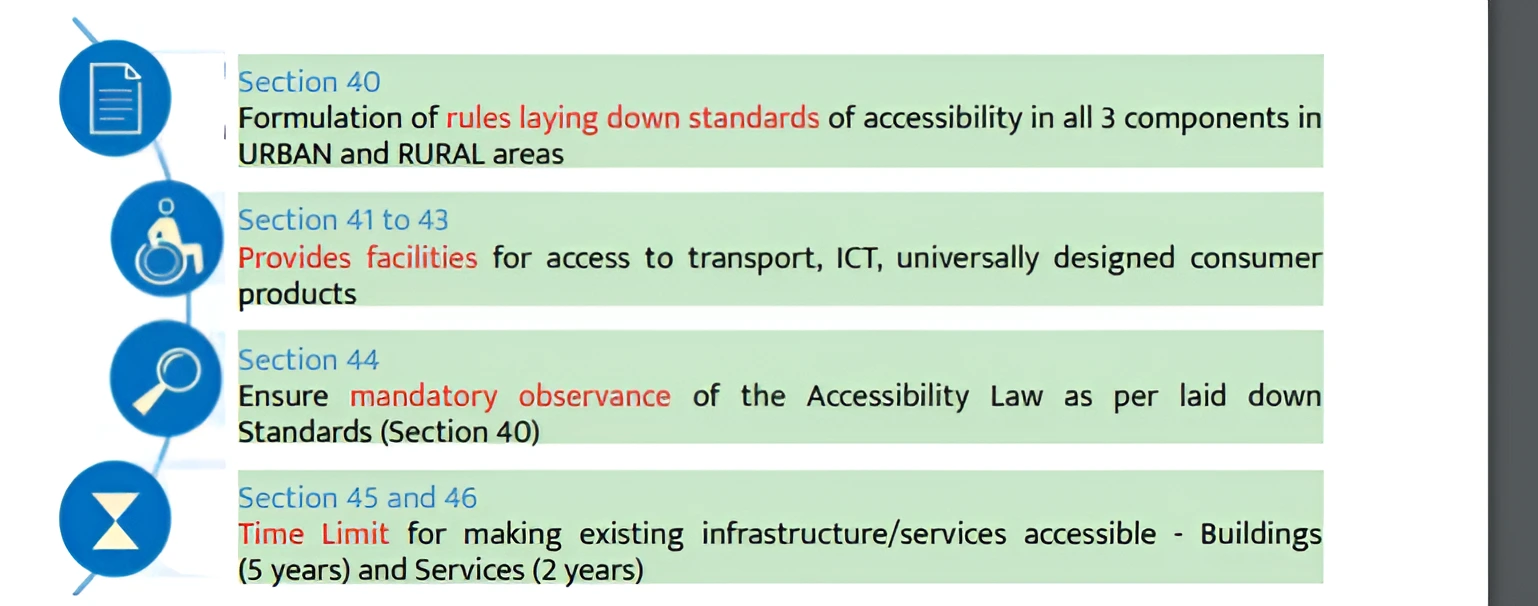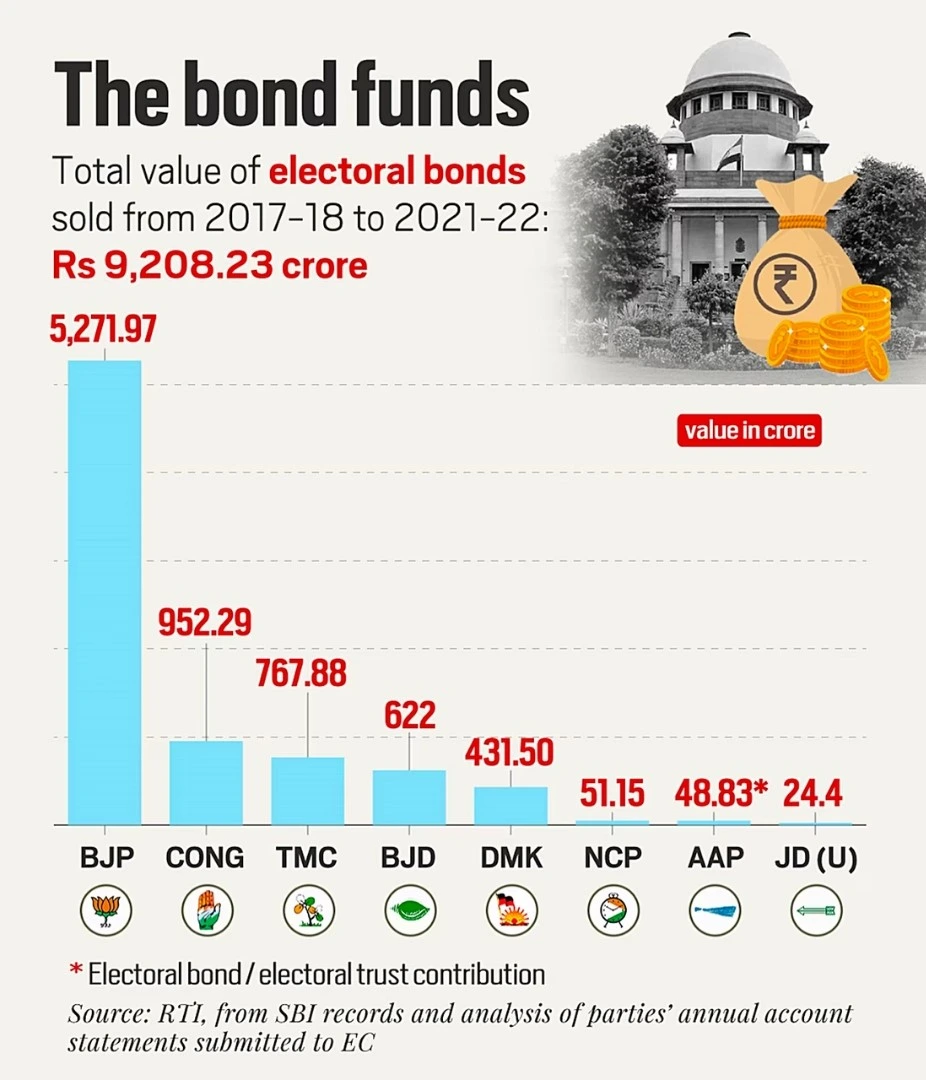

Source: The Hindu
| Ransomware is a form of malware designed to encrypt files on a device, rendering any files and the systems that rely on them unusable. Malicious actors then demand ransom in exchange for decryption. |
|---|
Source: The Economic Times
More on News: He emphasized that the reputation of judges and courts should be based on their work and decisions.
| Status Of Contempt Cases:
A Law Commission report in April 2018 showed that 568 criminal contempt cases and 96,310 civil cases were pending in high courts. On April 10, 2018, the SC had 683 civil contempt cases and 15 criminal contempt cases pending. |
|---|
Source: The Economic Times
Refugee: A refugee is a person who has fled their own country because they are at risk of serious human rights violations and persecution there.
Asylum seeker: An asylum seeker is a person who has left their country and is seeking protection from persecution and serious human rights violations in another country, but who hasn’t yet been legally recognized as a refugee and is waiting to receive a decision on their asylum claim. Illegal Migrants: More commonly referred to as undocumented immigrants, illegal immigrants are aliens who enter or remain in a country unlawfully.
|
|---|
Source: The Hindu
News Source: The Hindu
News Source: The Hindu
News Source: The Indian Express

The Office of the Chief Commissioner for Persons with Disabilities in India:
The Rights of Persons with Disabilities (RPwD) Act 2016:
|
|---|
News Source: PIB
Representation of the People Act (RPA) 1951:
|
|---|
Different Views On Electoral Bonds and Political Funding:
|
|---|

Chilean Experiment – Reserved Contributions:
|
|---|
SC Verdict on Newsclick Shows Adherence to Due Pro...
Stay Invested: On Chabahar and India-Iran Relation...
Credit Rating Agencies, Impact on India’s De...
Catapulting Indian Biopharma Industry
Globalisation Under Threat, US Import Tariffs Have...
Global Report on Hypertension, Global Insights and...
<div class="new-fform">
</div>
